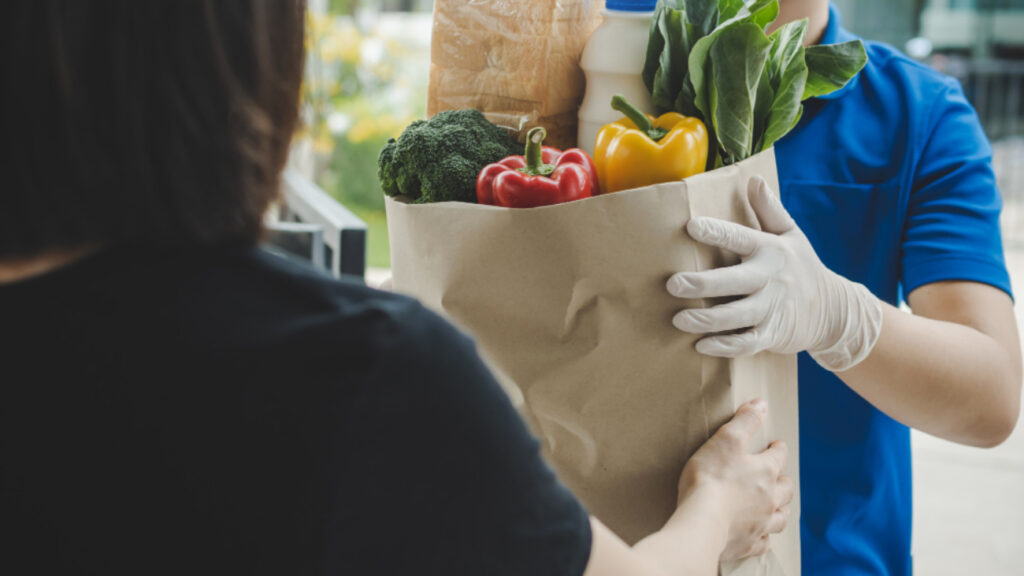The advent of mobile apps have made life easy for consumers. Whether it booking a movie ticket or a cab or ordering groceries online, it is possible by using an app. Grocery apps have become popular with both small and large stories offering online ordering and delivery. This trend is here to stay and advance more in the future with robotics observed Bahaa Al Zubaidi.
How does it work?
Customers can use the delivery app to order grocery items of their choice. Grocery stores who are the delivery partners would get the order on their app. They can accept the order and deliver the goods that have been ordered.
The Business models
Aggregators
The app is offered by an aggregator who brings together grocery stores and customers on one platform. Customers have an option of which store to choose. The stores handle the delivery of goods.
Marketplace
Here, the marketplace has delivery staff who pick up goods from the stores and deliver it to customers.
Supermarkets
Large chains of supermarkets have their own apps. They accept orders and deliver goods directly without any intermediary.
Single stores
Individual stores can also have an app that allows their customers to place online orders. The store either has to deliver themselves or tie up with a delivery partner.
Why grocery delivery apps?
- Such apps offer convenience for customers who can get the goods of their choice from the stores of their choice.
- It reduces costs for the stores and they can pass on this cost reduction as discount to customers.
- Stores can offer promotional schemes for loyal customers.
Creating a grocery delivery app
- Market research: It is important to understand the competitors in the space and know what they are offering. Your app must offer some benefit over others.
- Choose business model: One of the business models listed above has to be chosen.
- Decide app features: The features of the app need to be finalized. These features should include multiple payment options, order tracking, visual search, voice assistance, and a custom dashboard.
- App design: The design of the app should be finalized including the user interface, menu, and options.
- Development and testing: The app should then be developed using an appropriate coding platform. Thorough testing needs to be carried out to ensure the app works under different conditions.
- Release: Once the app is ready, it can be released in the market and the app has to be marketed to customers.
It would be advisable to partner with a development firm experienced in developing such apps. Their experience would ensure the best quality app is created.
Thank you for your interest in Bahaa Al Zubaidi blogs. For more stories, please stay tuned to www.bahaaalzubaidi.com
